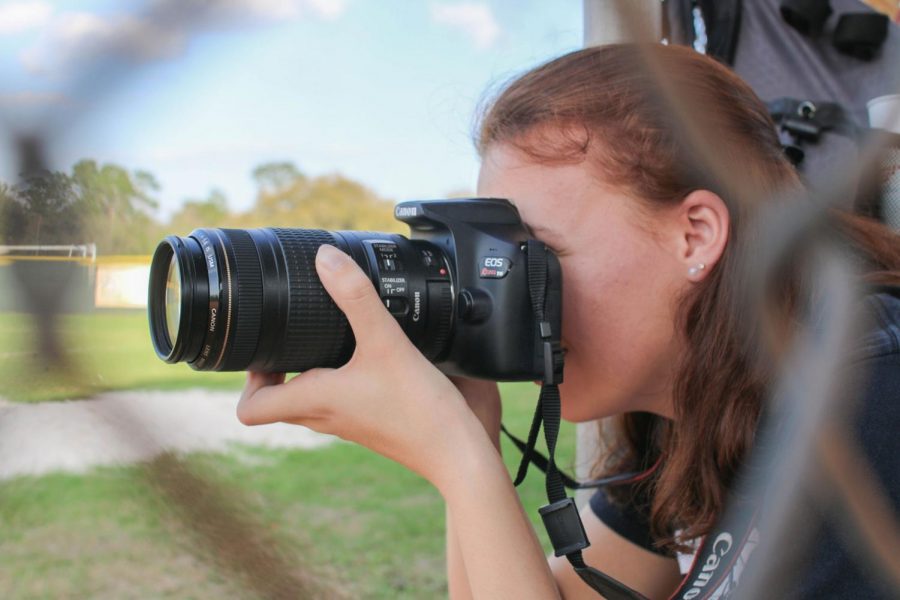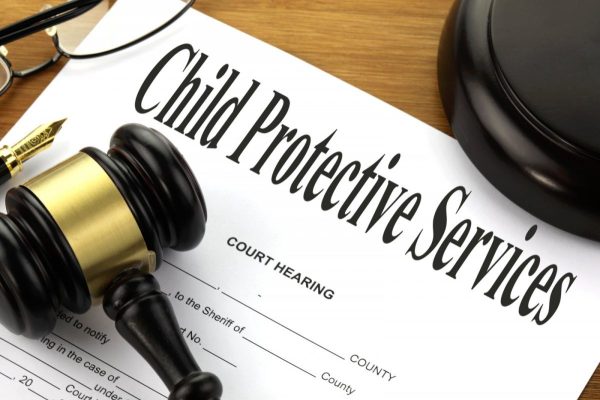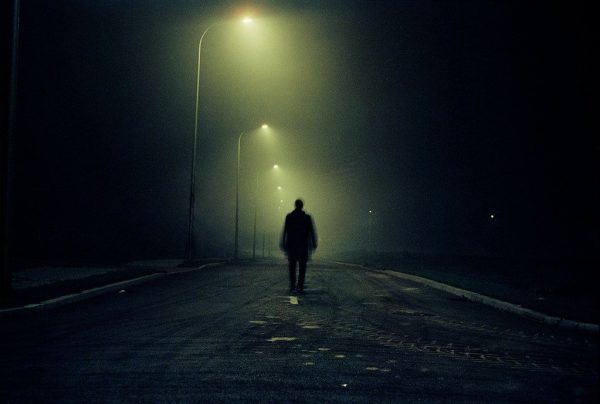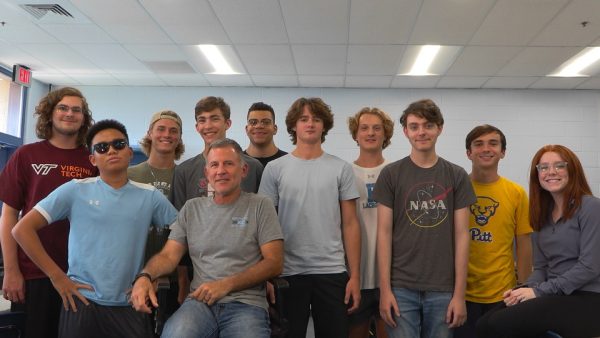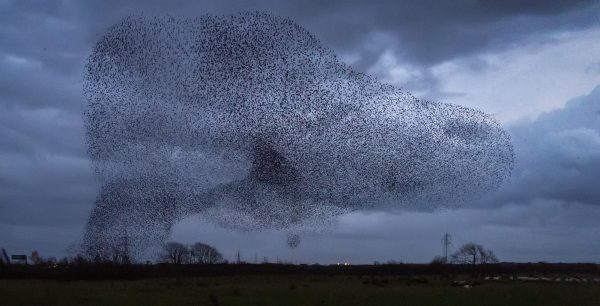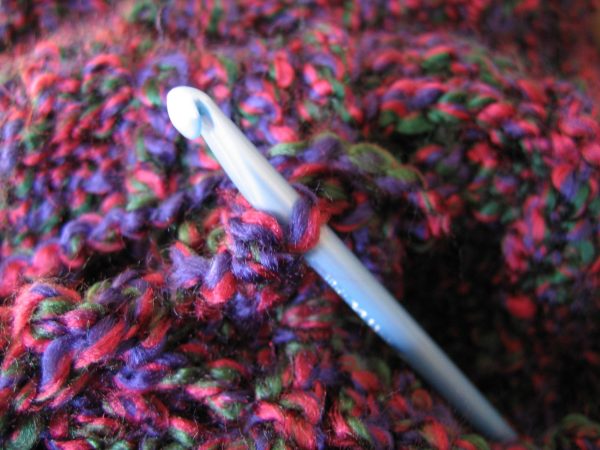What it Takes to Produce the Yearbook
A Yearbook staff member captures the action on the field. Her work, like that of her colleagues, often goes unnoticed until the Yearbook is published. Photo from Walsworth Yearbooks.
October 26, 2021
The thrilling rush of scoring a goal with your team, the giddy excitement of picking out the perfect prom dress, and the stress of an overbearing group project. These types of memories are the high school experience. So, year-round, people work to capture and immortalize them in one renowned book: the yearbook. Behind the scenes, these people, the Yearbook staff, are the ones who decide which photo is used and whose story is commemorated. But what goes into this process? I was once a member of the Yearbook team, so I can tell you what it really takes to produce the yearbook.
Family and Work
When I signed up to work as a writer for the Yearbook, I did not know what I was getting myself into. This was a tight-knit group, with sophomores who aspired to become editors-in-chief, and seniors who had worked all four years of high school as writers. These students were passionate and dedicated. More importantly, they were a family. There were countless inside jokes and the laughter was contagious. Whenever our editor-in-chief, Audrey Carter, broke into a fit of giggles, not even Mrs. Trainer, our Yearbook adviser, could keep a straight face. I was lucky to be a part of that team.
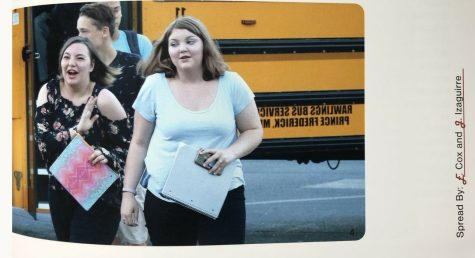
The Yearbook was all about teamwork. As a writer, my responsibilities were to write club and sport spreads, as well as articles about Freshman Orientation Day, Eye of the Storm’s fall production, and anything else that was going on around the school. One of the first things we worked on were the club spreads. For most of the coverage, Yearbook students could partner up. You could choose who you wanted to work with and which clubs you wanted to cover. I chose to cover Chess club, Environmental club (currently Earth Avengers), and Women in Engineering, among others. For each of these clubs, we needed a quote, three photos, and a catchy title. So, this meant that I spent every lunch in a different club that I didn’t even belong to. If two clubs fell on the same day, I’d have two interviews scheduled one right after the other. It was hectic, to say the least. But if I didn’t gather this information, I couldn’t work on my spread during class.
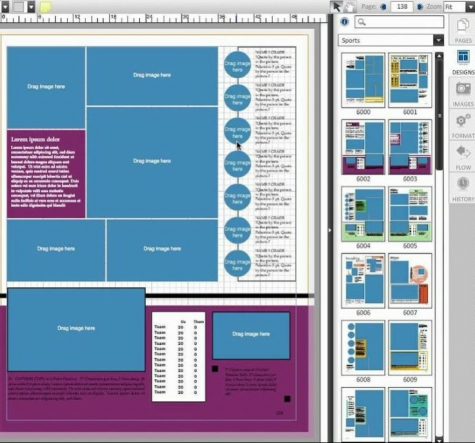
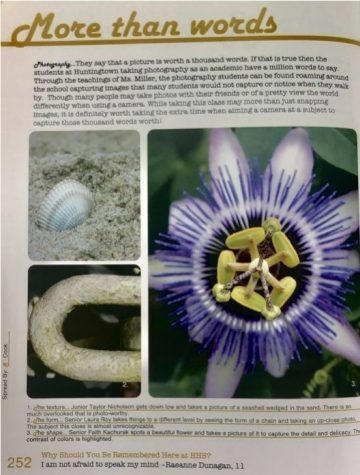
Conducting Interviews
For most clubs, I interviewed the club president. I’d sit down with them and ask them about their experiences in the club. Why did they run for president? What did a normal club meeting look like? What field trips were they planning? I learned a lot about people in this way. Notably, most club presidents truly love their job. Some even wanted to pursue a career related to their club. Earth Avenger’s club president, Spencer Turner, wanted to be an environmental engineer, and Film Club member Gary Armacost was already making his own films as a junior. That’s part of what I loved about the job: the connections I got to make with people. But that was the easy part. An interview was about listening and gathering information. Getting three good photos was where things got difficult.
Capturing Photos
Whenever I tried to take someone’s picture, they would always smile and stand fixed in front of me. Everyone wants to smile and pose. However, for the yearbook, we also wanted action shots, candid shots of people living their lives. So, I learned to tell individuals to keep doing what they were doing. “Hi! I’m Jen. Can I take your picture for the yearbook?… Awesome, thanks! Keep playing chess, just act like I’m not here.” I can still recall Mrs. Trainer urging us to not be afraid to stand on top of desks to get the perfect photo. To be a yearbook student, you have to be unafraid to look silly. So, I took her advice. I’d stand on top of chairs or desks as club presidents made announcements, I’d walk around classrooms to get better angles. Most of the time, I’d take over twenty photos and only use one out of those twenty.
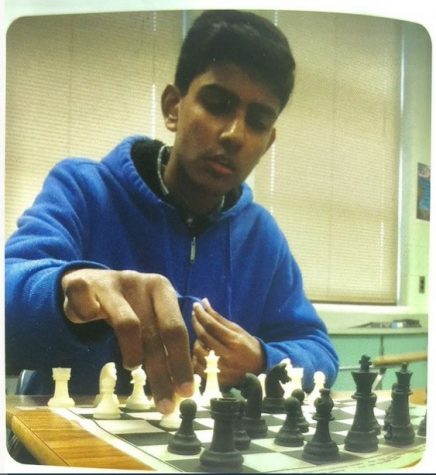
My favorite part about taking photos was that I could experiment with perspectives. Towards the beginning of the school year, each yearbook student was given a handbook. It contained all the guidelines for writing captivating spreads, capturing energetic photos, and even writing proper captions. In the section about photography, there were suggestions on how to diversify the style of your photos. One way to do this is with perspective. You could use a bird’s eye view, taking the photo from above, or a worm’s eye view, lowering the camera as much as possible. For the chess club spread, I chose to employ the worm’s eye view. I had to squat down and position my camera almost level with the chessboard. In this way, the chess player appears as if he is towering over the chess pieces. His hand seems closer to you as he makes a strategic move in the game.
Additional Tasks
Writing for the Yearbook means that your work is never done. Even during spirit week and pep rallies, yearbook students are working behind the scenes. During pep rallies, we would have to take our cameras to the gym, always ready to snap an image that would become a memory. Cheerleaders are flying into the air, then football players are rushing across the shiny floors accompanied by enthusiastic hollers, but amidst all that, there is the tranquil concentration of the yearbook student. Camera at the ready, invisible, and untouchable.

Similarly, spirit week is one of the busiest times for a Yearbook student. For the yearbook’s 15th volume, the one I helped write, Yearbook students were required to meet a photo quota every day during spirit week. In total, we needed over eighty photos of students showing their Cane pride and having fun. To achieve this, some Yearbook students would ask their friends for photos, while others would roam the halls and ask random people if they could take their picture. I did a bit of both techniques, and when I was out in the hallways, I would track down the most interesting looking outfits and approach those individuals.

The Present
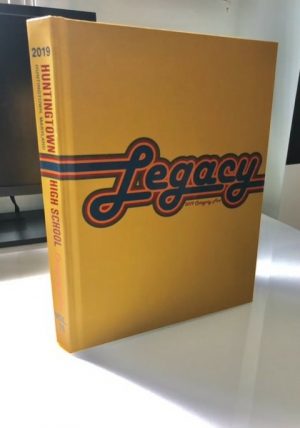
But what is the Yearbook like this year? Well, I sat down with Grace Sawyer to find out. Grace and I began writing for the yearbook at the same time in 2018. Back then, we were both staff writers. However, Grace has now moved up in the ranks and this marks her second year as editor-in-chief of the Yearbook. She explained that becoming a leader has affected her, “My workload has increased, but my overall enjoyment of the class has not changed. It is still one of my favorite classes and I love it!” So, the Yearbook continues to challenge its students and the journalists continue to enjoy the challenge.
Grace also discussed that while the Yearbook continues to cover staples like Freshman Orientation Day, it has had to evolve to cover content during the pandemic. Notably, the Yearbook staff now sends out surveys to get students’ input and gather interesting quotes. Yearbook writers always find a way to keep themselves busy!
